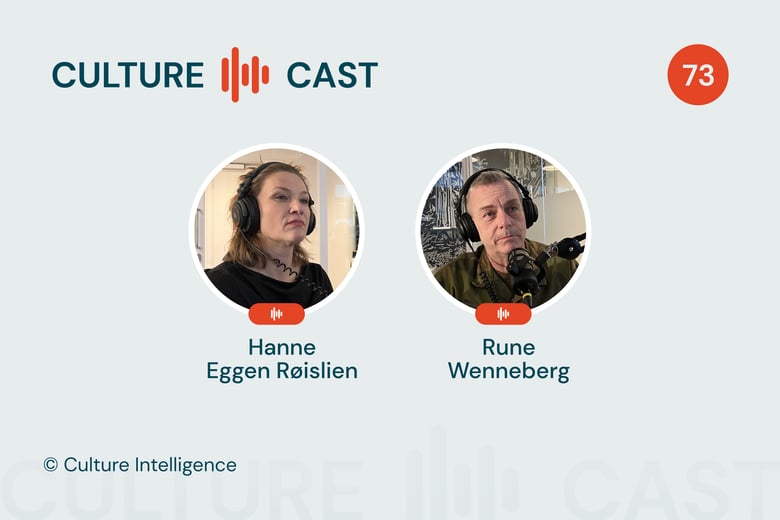For each and every person involved, there is a hurtful and frustrating process if the direction and objectives are perceived as distant, irrelevant and meaningless. People will spend days and weeks fighting change instructed from the top if they are not enabled to have the proper ownership.
The business strategy is driven by data, metrics and analytical results. The design of the strategy document has taken weeks or months, and the final result is the result of high rational thinking. The risk involved is that the values of the organization, representing what people really value, is often not taken in as data in the strategy. The aspired culture designed to be fit for the strategy is a wishful dream, and unless it has been communicated and translated into an understandable set of values representing a more fit culture, it will not be appealing.
The Actual Culture map, surveyed and visualized carefully, meets the people side of a business in action plans or transformation projects. The people side of the business does not act on facts but is driven by facts in their own personal values grid. The Actual Culture map is the sum of people’s values priorities and it shows up as the actual values people act on. That means that if the strategy is not translated to what this means for people, it will be difficult to meet the mission. There must be KPIs for the culture and for the ability to learn and grow.
The cultural gap between the actual and the aspired culture is the biggest barrier for innovation and alignment. It will be a great challenge for trust, collaboration and risk willingness.
The strategy to eliminate this gap is defined by four steps: 1. Awareness of culture and values, creating an insight into what effect that has on us and why it is related to business.
- The actual culture is represented by the high-priority values that people in the organization have in common. Mapping this will enable leaders and teams to understand who they are and where they are.
- Aspired culture is a design for the optimal fit for a culture to be fit for the strategic challenge in the business. it builds on the actual but focuses on the market, the business challenges, and the sense of urgency in the business.
- Actions to eliminate the gap between the two. Designed processes to engage teams in Cultural bootcamps, involve leaders in leader labs, or challenge startups to build and visualize their founder platform in a startup sprint.
Approaching culture in a systematic way will benefit the business in many ways:
- aligned communication between all departments
- enhancing speed and agility in decision making
- identified system gaps and conflicts
- promoting people and engagement If you drive culture by default, you may be lucky or you simply may not…



